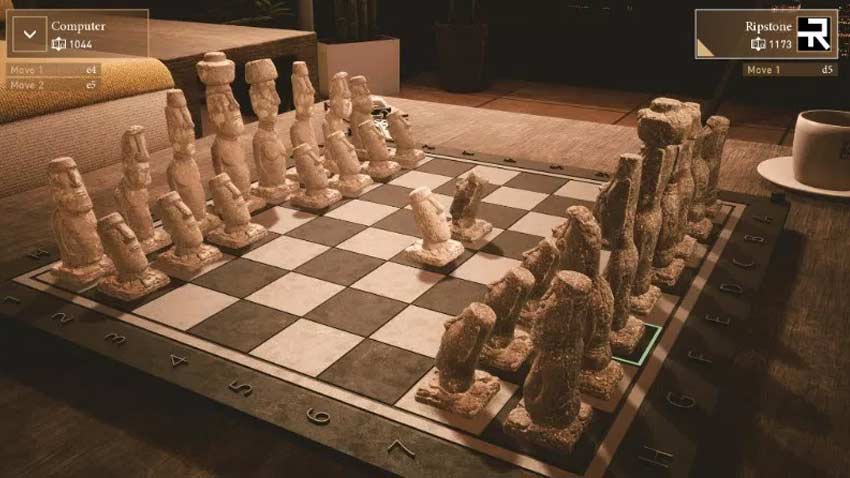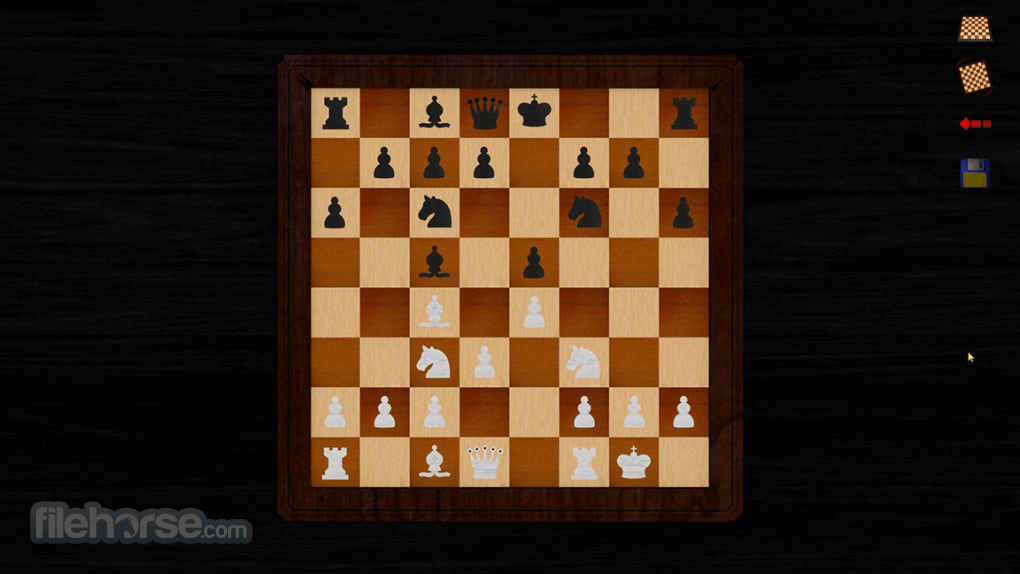


"Three-dimensional chess" is used colloquially to describe complex, dynamic systems with many competing entities and interests, including politics, diplomacy and warfare. Chapter 11 covers variants using multiple boards normally set side by side which can also be considered to add an extra dimension to chess. Maack founded a Raumschach club in Hamburg in 1919, which remained active until World War II.Ĭhapter 25 of David Pritchard's The Classified Encyclopedia of Chess Variants discusses some 50 such variations extending chess to three dimensions as well as a handful of higher-dimensional variants. Three-dimensional variants have existed since at least the late 19th century, one of the oldest being Raumschach (German for '"Space chess" '), invented in 1907 by Ferdinand Maack and considered the classic 3‑D game. In practical play, this is usually achieved by boards representing different layers being laid out next to each other.

Three-dimensional chess (or 3‑D chess) is any chess variant that uses multiple boards representing different levels, allowing the chess pieces to move in three physical dimensions.


 0 kommentar(er)
0 kommentar(er)
